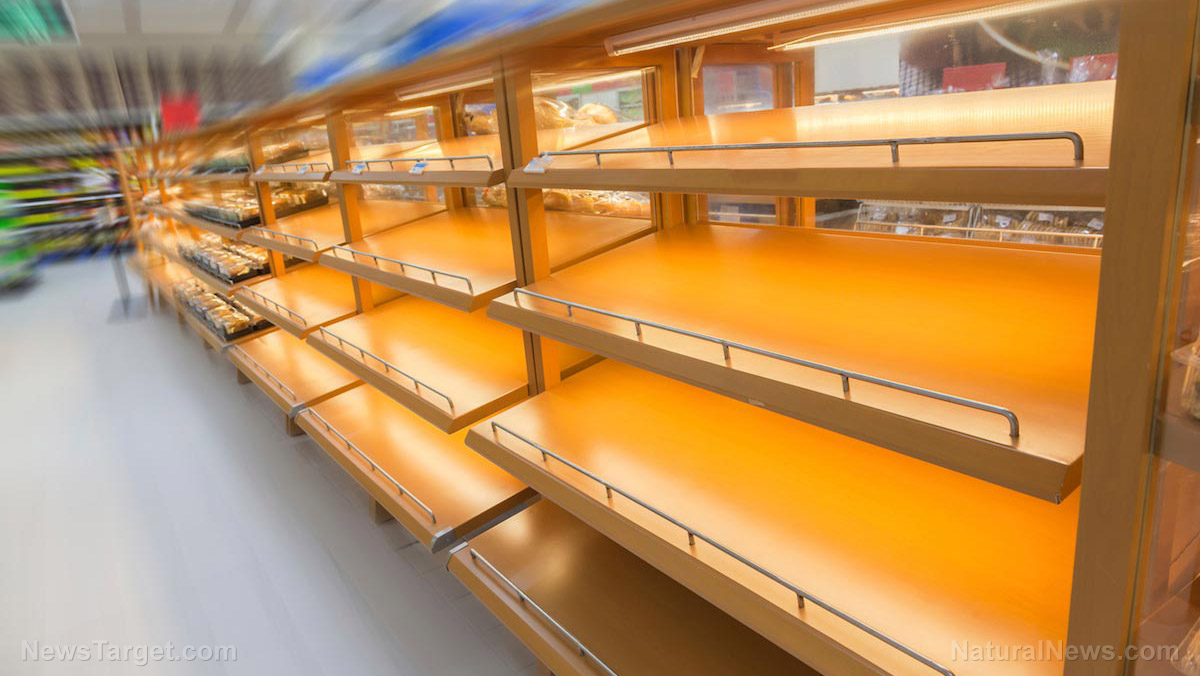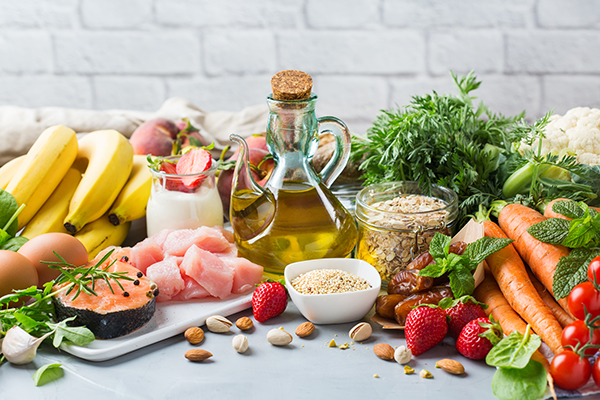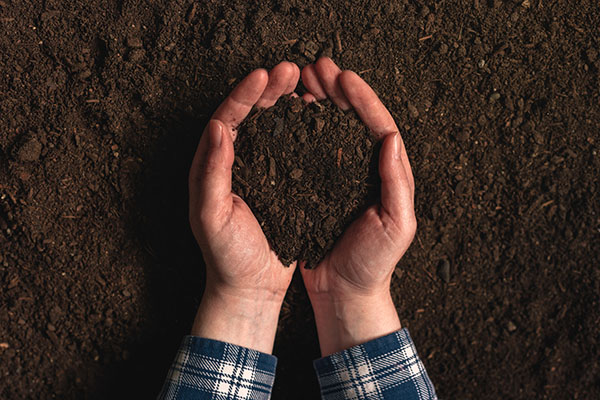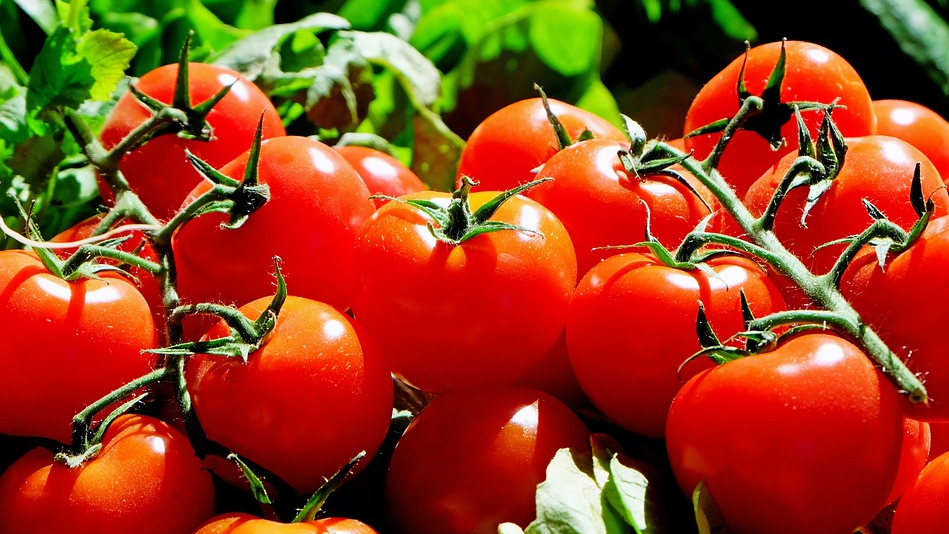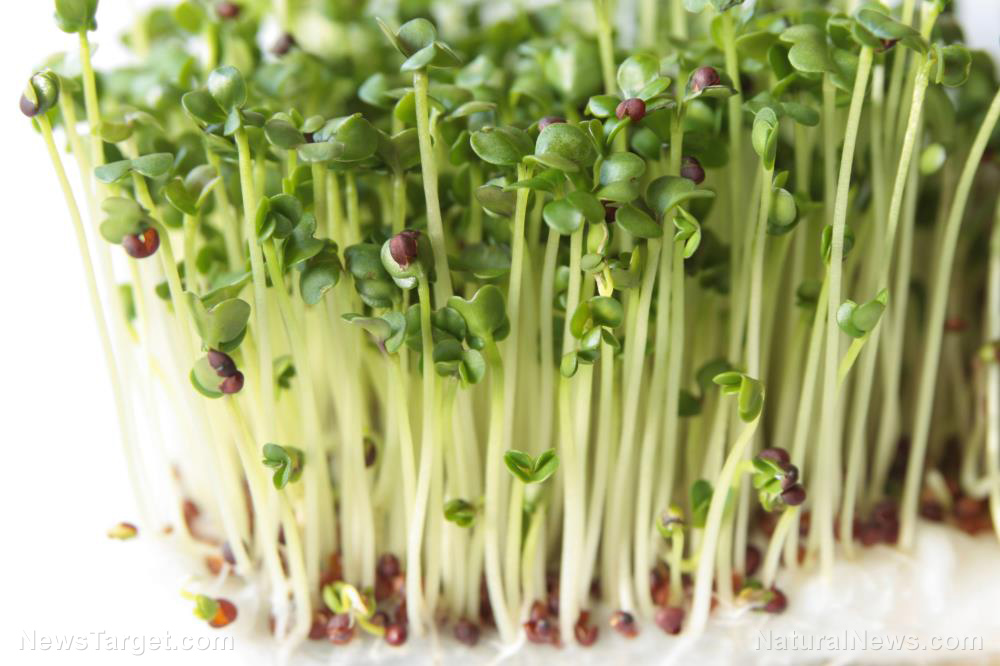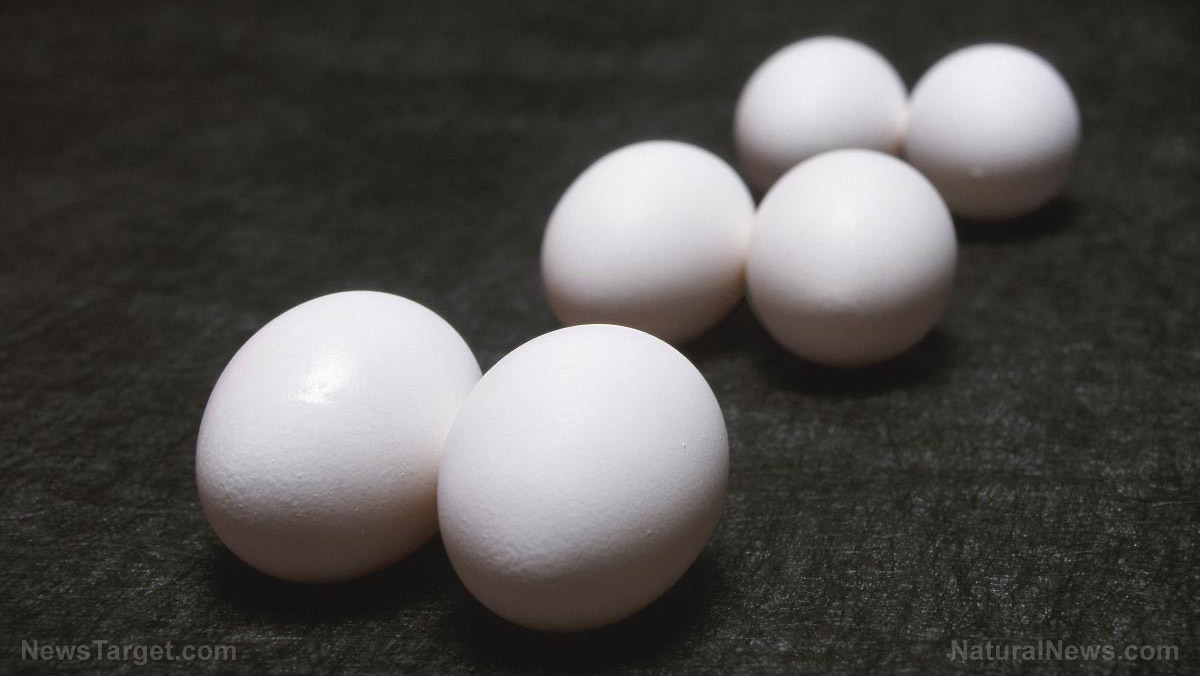
As a prepper, you need to have healthy crops that will produce food for you and your family during harsh winters in a post-SHTF world.
If you're not sure where to start, read on to learn which crops you should grow in your survival garden for winter use. (h/t to PreppersWill.com)
While planning your survival garden, you need to learn how to grow crops like beans, chili peppers, corn, potatoes, squash and tomatoes since these plants are nutritious. There are various ways to extend the shelf life of these crops in your survival stockpile.
As you plan which items and supplies to stock up on before SHTF, it's important to consider the best way to plant and grow these crops for your winter larder. You can grow almost any kind of plant from summer to fall, but October and June you will need crops that will last amid the cold winter.
Find the best location
Before you plant any crops in your survival garden, you must first decide on the best location. Your homestead should be located in an area with abundant water, long growing seasons and healthy garden soil. Choosing the right location for your garden ensures that you make the most of your supplies, time and effort. Don't be like families that "starved out" at old homesteads in the west after several years of hard work.
If you have yet to choose a site for your homestead, search for property in the eastern and southern states. (Related: Home gardening tips: How to start a survival orchard.)
Start your survival garden early on a frost-free date. Once you've settled in your homestead, start gardening when the summer is warm and when you have either adequate natural rainfall or a steady source of irrigation water.
Plant bean varieties that will grow well in your area
A balanced diet needs a healthy source of dietary fiber and protein like beans. Before SHTF, stock up on dried beans. There are different kinds of beans that you can grow but it's best to choose the ones that will produce best in your area.
Beans may be tiny, but they are a nutritionally-dense superfood. You can grow beans in both bush or pole forms. Grow both bush beans and pole beans and select a nutritious mix of storage and fresh beans so you have fresh beans for your table and beans for your winter stockpile.
Finally, save some of those bean seeds with each harvest so you can plant another crop.
Choose field corn or sweet corn for your stockpile
Sweet corn is usually what people think of when corn is discussed, but when talking about crops for your survival garden, it's better to grow field corn or traditional corn. Sweet corn is softer with a sweeter taste, but it's not great for long-term storage. On the other hand, field corn has a starchier flavor and a slightly harder cob.
Grow field corn or a Native American variety that's made for growing to full maturity. Field corn can be left to dry on the stalk before storage. You can then grind field corn into meal for bread, tortillas, or a soup thickener. Like potatoes, corn grows well under various conditions and produces a relatively large harvest even when grown in a limited space. Keeping corn dry and protecting it from rodents will significantly extend its shelf life.
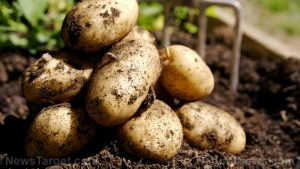
Grow potatoes that are easy to cultivate
Even if you're a gardening newbie, you can enjoy a bountiful harvest with starchy potatoes.
Potatoes are root crops that grow well in a wide variety of soil types and they usually produce most of their yield before summer droughts start. Additionally, potatoes provide a large harvest that stores well for your winter stockpile.
You'll need to plant about 200 feet of rows on your homestead to produce a full year’s supply of potatoes. If you don't have access to other staples like rice, you will need to plant more potatoes.
Load up on vitamin A with squash and carrots
Squash and pumpkins are staple food crops that are available in different types. Buy seeds for varieties labeled "winter" to ensure that they will store well in your stockpile. Some varieties of squash need a "curing" in the fall, but the best types will last at least six months when stored in a cool, dark area.
Carrots are also perfect for your winter stockpile. These vegetables are full vitamins and minerals and it's relatively to over-winter them. When growing carrots, mulch the rows with a deep layer of leaves during autumn. This should be enough to protect carrots, unless you are experiencing an extremely hard freeze. Doing this also allows for more space in your cellar for items that can’t be overwintered outside.
You should also mulch your potato crops in the ground to protect them during bad winters.
Grow vegetables for added flavor
Your survival garden isn't complete without crops that can be used to give your meals a flavor boost so learn how to grow chili peppers, garlic, onions and tomatoes.
Chili peppers are easy to dry, making them one of the easiest crops to store for winter use. There are different types of chilies in various sizes, flavors and heats. Grow chili peppers that match the planting and your personal tastes. Garlic and onions can be stored fresh in a cool, dark place for most of the winter. You should also consider drying extra garlic and onions for when they run out sometime around late January. As for tomatoes, they can be canned whole or as a sauce and dried. To make canned tomatoes, you will need canning lids and jars.
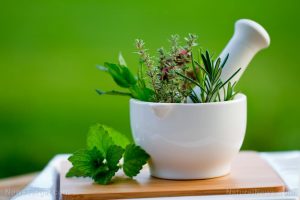
Don't forget about herbs for cooking and medicinal use
Some herbs are easy to grow. Below are some herbs that you should plant in your survival garden or in containers for an indoor garden.
- Bay laurel freezes during especially bad winters, but they will resprout from the root in summer.
- Coriander left to seed in your garden will reseed yearly.
- French thyme is hardy and can grow during winter or summer.
- Mints should be grown in a container indoors or in a pot outdoors because it will quickly overtake your garden if left unattended.
- Oregano will reseed each year.
- Sage and rosemary can grown in all kinds of weather except for the coldest winters.
Choose the right location for your survival garden and grow staples for your winter stockpile like beans, corn, garlic, onion, potatoes and herbs like oregano, sage and thyme.
Sources include:
Please contact us for more information.















